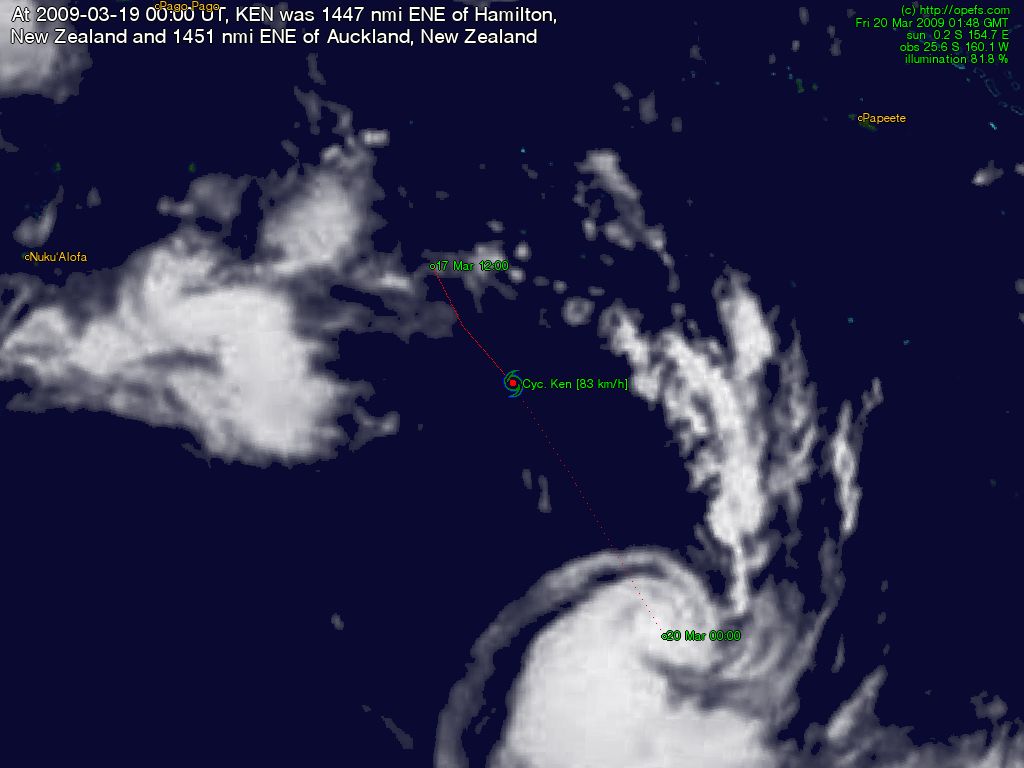Last Update: Tuesday, January 2, 2007. 8:14pm (AEDT)
Dampier, Port Hedland prepare for first cyclone
The Western Australian ports of Dampier and Port Hedland are closing in preparation for the first cyclone of the season.
Ships carrying iron ore, liquefied natural gas and general cargo have had to leave and anchor at sea.
The Bureau of Meteorology says category one Tropical Cyclone Isobel is now north of Port Hedland and moving south towards the coast at 22 kilometres per hour.
http://www.abc.net.au/news/newsitems/200701/s1820581.htm

http://www.bom.gov.au/products/IDE00902.loop.shtml
Dampier, Port Hedland prepare for first cyclone
The Western Australian ports of Dampier and Port Hedland are closing in preparation for the first cyclone of the season.
Ships carrying iron ore, liquefied natural gas and general cargo have had to leave and anchor at sea.
The Bureau of Meteorology says category one Tropical Cyclone Isobel is now north of Port Hedland and moving south towards the coast at 22 kilometres per hour.
http://www.abc.net.au/news/newsitems/200701/s1820581.htm

http://www.bom.gov.au/products/IDE00902.loop.shtml















